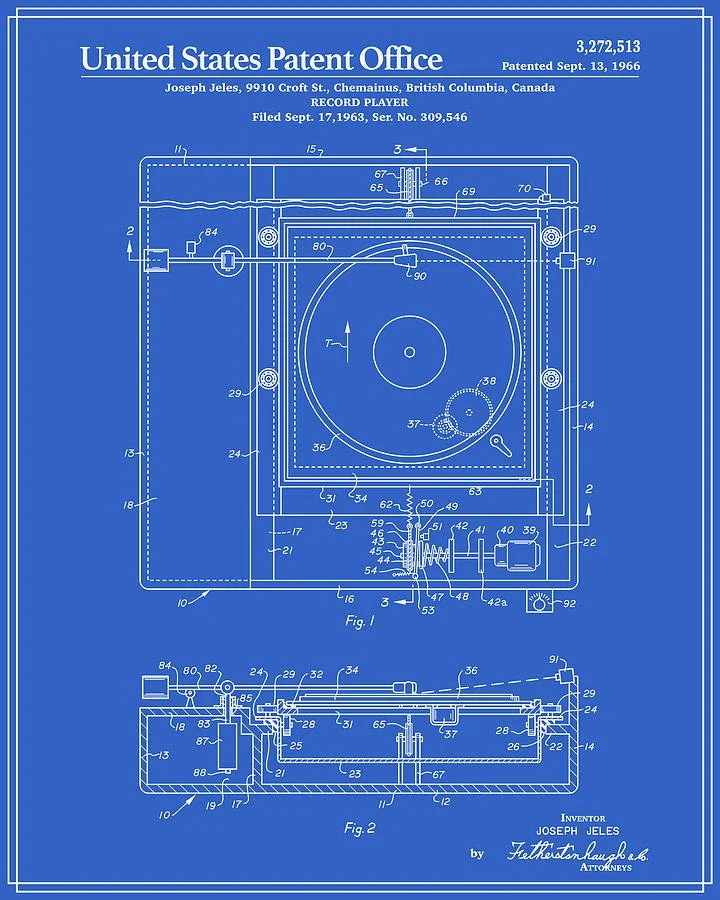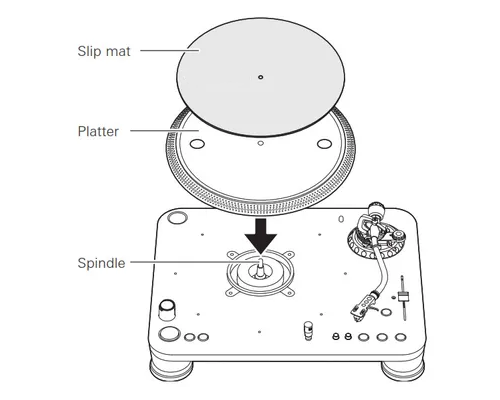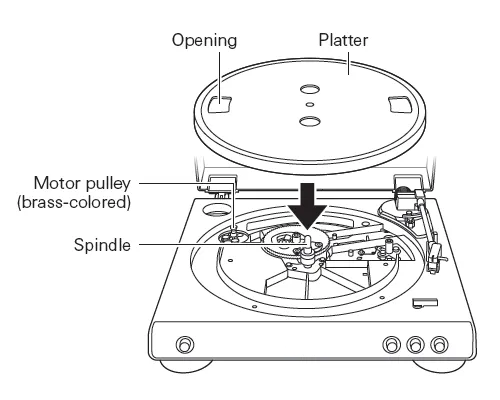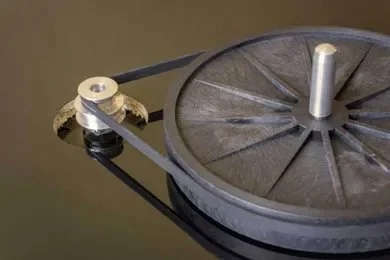Direct Drive vs Belt Driven Turntables - Which is Better?
/As we’ve discussed in numerous articles in the past; a turntable is complex instrument of precision, designed to best reproduce the sound of vinyl records through a whole host of pivotal components. We’ve covered the topics of the different types of cartridges, and even the importance of maintenance and the possible upgrade paths of manufacturers and products such as Linn Sondek LP12. But one question that is often asked by those looking for a new turntable is “Should I be looking at direct drive or belt driven?” Well, let’s see if we can answer that one for you…
So how do they work?
Anyone with a modicum of technical or engineering prowess could probably work this out for themselves. Afterall, the names are pretty self explanatory…
Direct Drive
The direct drive turntable is a creature of moderately uncomplicated design. It consists of a platter which is directly attached to the player’s motor via the spindle… That’s it!
dansette advert from the 1950s
It’s a common misconception that Direct Drive is the same as design the Idler Wheel Drive found in the likes of Dansettes, Thorens and Garrard turntables of the 1950s, 60s and 70s… This just simply isn’t the case.
This design incorporates an offset motor that uses an intermediate wheel or cog to drive the platter. Although this manufacturing style was popular around sixty years ago, it is very rarely found in turntables today.
Belt Drive
Belt driven turntables are designed with an offset motor which is connected to the spindle via a thin belt, which is more often than not made from rubber. The movement of the motor creates a pulley system which in turn creates the revolutions of the platter.
So, what are the Pros and Cons?
As I’m sure you can already guess, neither designs is without their pros or cons. If one design was perfect, then the other one would most likely cease to exist. Let’s start with…
The pros
A direct drive system features arguably a quicker startup time and stronger torque, offering slightly more consistent speed. Some argue that this design has better overall reliability and durability.
When looking at a belt driven turntable, we turn our attentions to the belt itself. These are almost always made from shock absorbing materials such as rubber, which can reduce any harsh vibrations which are generated from the motor, and in turn produce a better overall sound quality (We’ll go into more detail a little later on). Now let’s set something straight here… Predominantly, these belts aren’t any old elastic bands! Most manufacturers take this very seriously. One such brand is Rega and their Reference EBLT Belt. The manufacturing process itself sounds like something from a sci-fi movie, “Once moulded, the belts are cryogenically frozen and barrelled to remove any excess flash in order to create perfect cross sectional roundness which is critical for accurate speed and stability.” Not to mention the composition of the material that goes in to the Reference EBLT Belt is top secret!
So what are the cons?
Whilst a direct drive turntables has some mechanical advantages over its belt driven counterpart, it is the direct connection between the motor and the platter that is its biggest weakness… Let me explain. Because the platter and motor are physically attached to one another, vibrations are fed directly from the motor to the platter, which in turn travels through the record to the cartridge. This creates a degree of distortion which inevitably lowers the playback quality.
The rega PLanar 1, 2 and 3 feature a manual belt movement to change playback speed
Oddly, when looking at belt driven turntables, it’s once again the component that gives it it’s advantage that can also be attributed to any potential downfall… Firstly, some might argue that belt driven record players have a slightly less accurate playback speed than direct drive turntables due to stretch and potential slipping of the belt. This can happen over time as belts elasticity can wear down, especially on those that require the belt to be moved between differing sizes of drive spindle to change the playback speed. Luckily, in most cases the changing of a replacement belt is easy and the parts themselves are fairly inexpensive.
It is worth noting that the belt isn’t the only potential problem area of this design. If the spindle or platter is not machined to be perfectly cylindrical, you can experience issues in timing and playback. Fortunately this is an issue which relates more to budget or economy turntables… Not the sort that you will find in our reputable establishments, I can assure you!
OK, which one is for me?
Taking into account all the pros and cons of each design, When it comes down to it, it is a case of function over form…
Given their durability, high torque and faster startup speed, direct drive turntables are largely heralded as the dominion of DJs. The contemporary design most popularised by the likes of Pioneer, Technics and Audio-Technica allows them to stop and manually rewind vinyl as they try to line-up the beats of multiple tracks, as well as scratch records without fear of a slipping belt stopping the music coming back in to play, right where it is needed.
So, unless you’re planning on unleashing your DJ skills unto to the world, and you favour audio quality over portability, then belt drive is the way for you! There are countless high-fidelity manufacturers opting for this design, all of which taking different approaches to optimising the performance of their respective models. From floating chassis to external motors, each range and model of turntable incorporates different designs, manufacturing techniques and materials…
This opens a wider debate that moves away from the objectivity of “Direct Drive Vs Belt Driven”, and requires that you, the listener be put in the proverbial driving seat to determine which one performs best to your ears within your chosen budget.
We have a whole host of turntables available through our twelve bricks and mortar stores. You can view most of which online Here.
Thanks for reading
Brad Tyler (Audio T Digital Marketing Manager)
If you have any questions about any of the equipment featured in this article, or any other Hi-Fi or home cinema enquiries, be sure to Contact Us.
If you’ve enjoyed this, why not go ahead and read some more of our other blogs, and be sure to follow us on our social media channels below…
Turntables can be found at all Audio T stores -























